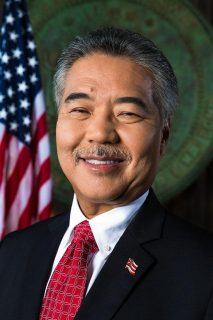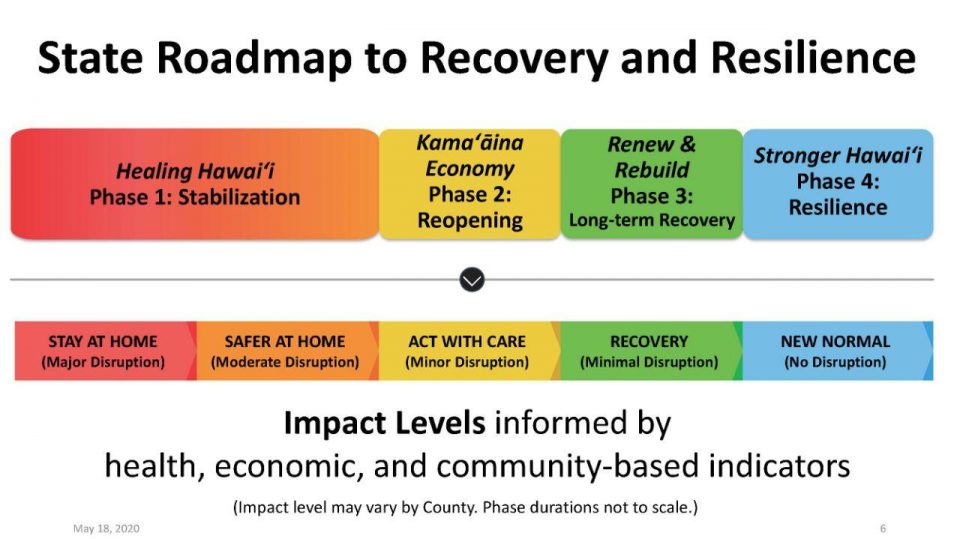
By Alfred Acenas
EBC Hawaii Bureau
HONOLULU (Eagle News) – Governor David Ige signed on Monday, May 18, his eighth supplemental emergency proclamation, which extends the 14-day mandatory self-quarantine for travelers arriving in Hawaii, as well as for inter-island travelers, to June 30.
According to the new plan, the Aloha State will start to gradually reopen medium-risk businesses and operations sometime in June, assuming that the state’s novel coronavirus 2019 (COVID-19) cases remain manageable. As of this report, there has been zero new cases while at least 90% of those infected have recovered or released from isolation.
The governor also extended through June 30 the eviction moratorium that prevents the removal of tenants from residential dwellings for failure to pay rent.
In addition, Ige unveiled the reopening and recovery plan for the state, a strategy that conveys the coordinated, statewide approach to jumpstarting the economy and recovery from the COVID-19 crisis.
“It is important to act with care by maintaining physical distancing and safe practices throughout the reopening, to protect the health and safety of the people of Hawaii. I am committed to making decisions based on data, science, and best practices,” said the governor. “As we move forward with reopening, I will consult with subject-matter experts, county mayors, and our community to make informed decisions to safely move forward with re-opening our state. Under this strategy, counties may choose to relax stricter local orders at their own pace in coordination with my office.”
A 14-day observation period between reopenings will allow the state time to assess conditions and disease activity before moving to the next level. As a safeguard, the state can consider the option of moving back, to include the closing of businesses and re-implementing restrictions if disease activity significantly increases.

The reopening and recovery strategy dubbed “Beyond Recovery: Reopening Hawaii” involves four phases:
Phase 1: Stabilization focuses on healing Hawaii by saving lives and flattening the curve in our community. (Hawaii has transitioned through this phase by reopening low-risk businesses in the last few weeks).
Phase 2: Reopening celebrates Hawaii’s kama‘āina economy, where the state starts to reopen medium-risk businesses and activities, and later, reopening high-risk businesses and activities.
Phase 3: Long-term recovery, where the state renews and rebuilds Hawaii’s economy through planning and policy discussions, incorporating transitional workforce modernization opportunities, supporting economic diversification initiatives, targeting the development of emerging industries and advancing long-term resiliency planning. At this level, the state will focus on reopening highest risk businesses and activities, while remaining cautious and adjusting safe practices as needed. This phase is expected to take much longer, since this phase covers the reshaping of Hawaii’s economy.
Phase 4: Resilience is the intended outcome for the Aloha State.
Under the new emergency proclamation, county mayors will have the authority to make decisions for their counties, including reopening businesses and implementing restrictions, coupled with the governor’s approval.
(Eagle News Service)
